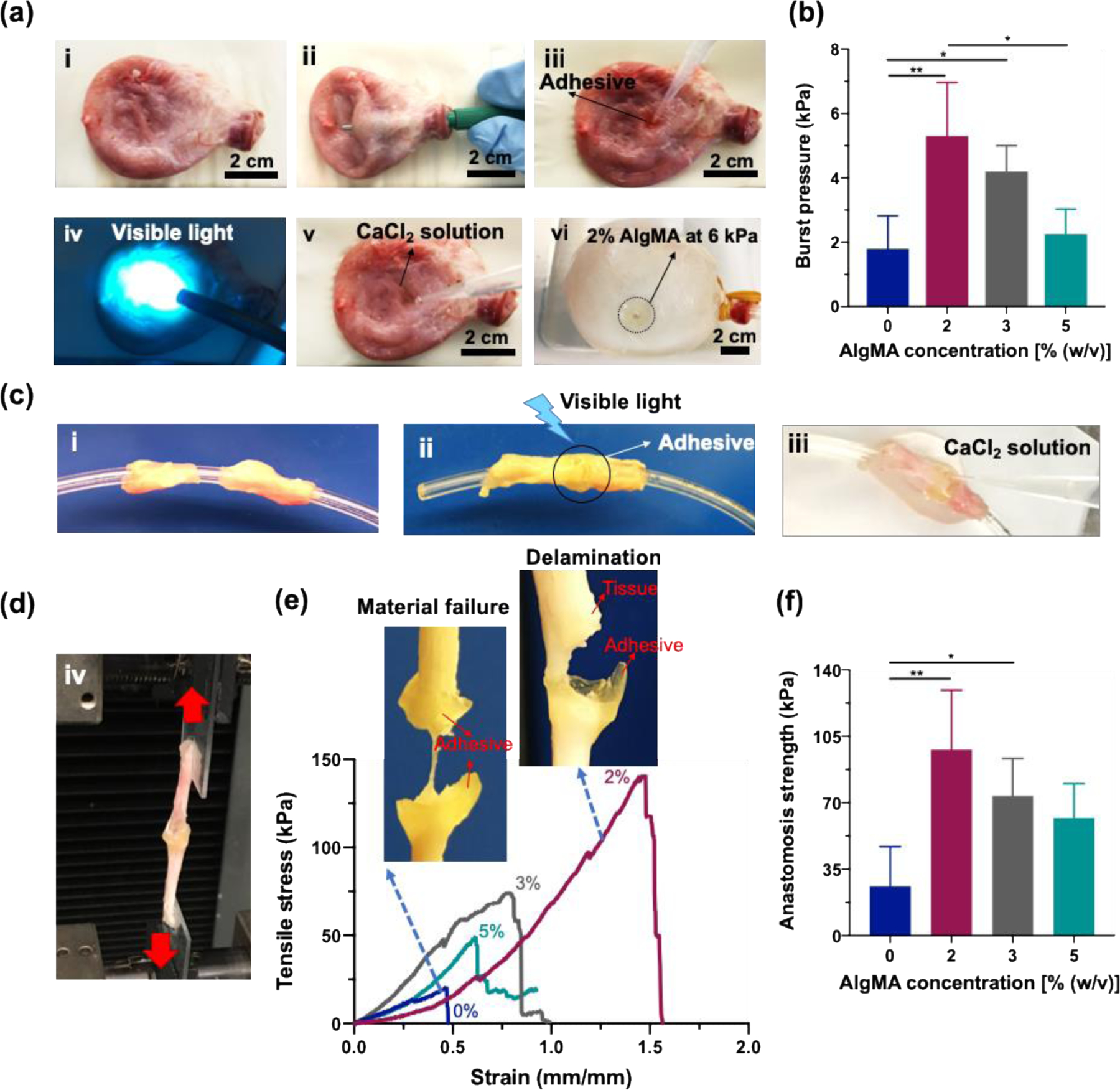Figure 5. Ex vivo sealing capability of hybrid hydrogels composed of GelMA (20% w/v) and varying concentrations of AlgMA.

(a) Porcine bladder incision model: images show (a, i) a healthy porcine bladder, (a, ii) a superficial wound created in the bladder before sealing, (a, iii) the wound covered with the hydrogel, (a, iv) the subsequent crosslinking of hydrogel with visible light and (a, v) with a CaCl2 solution, and (a, vi) the sealed bladder filled with water at pressure ~ 6 kPa. (b) Burst pressure of bioadhesive hybrid sealants at varying AlgMA concentrations. (c) Porcine ureter anastomosis model: (c, i-iii) images illustrating the method used for sealing a fully torn porcine ureter, followed by (d) stretching the tissue to test the wound closure capability of the bioadhesive. (e) Representative tensile stress-strain curves and some examples of bioadhesive failure modes during the anastomosis tensile tests. (f) Anastomosis strength of hybrid sealants at varying AlgMA concentrations. Data are reported as the mean values of at least 5 (b) and 4 (f and g) experiments ± their standard deviation. The statistical analysis was done according to the methods explained in “Statistical analysis” section. Asterisks show the results that are statically significant with p-values < 0.05 (*) or 0.01 (**).
